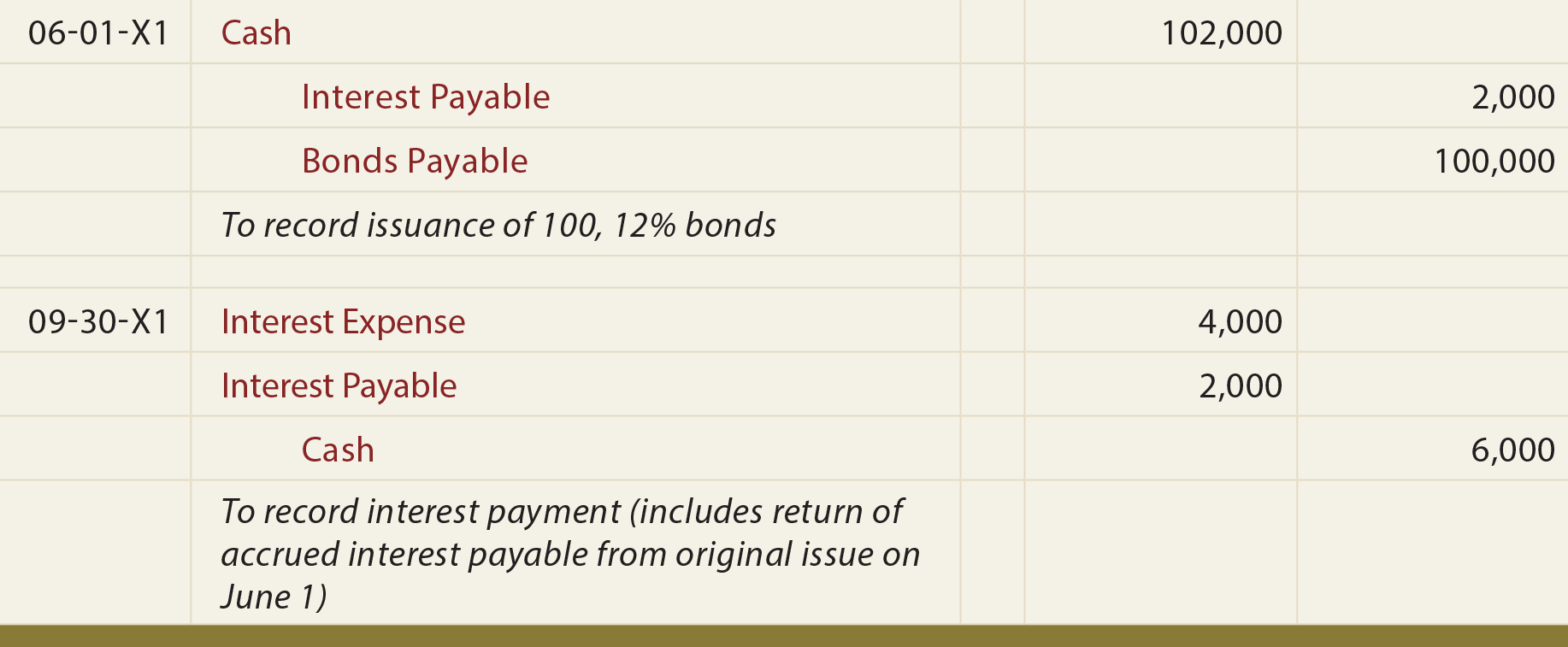
Interest payable is the proportion of the total interest expense due and payable. For example, a company has borrowed $1,000,000 from ABC bank at the interest rate of 10% p.a. So the company’s interest expense for a financial year will be 10% of the amount borrowed. Distinguish between interest expense and interest payable, unraveling their distinct roles in financial statements.
What is Qualified Business Income?
Operating expenses include costs for maintenance, utilities, rent, employee payroll, etc, that have to do with the regular day-to-day activities of a business. An interest expense isn’t related to any of these core operations, which is why it’s considered a non-operating expense. An advertising agency signs a $6,000, 3-month note payable (a type of loan) with an annual rate of 10% on October 1st.

How to Record Accrued Interest in Your Books
A high interest coverage ratio, on the other hand, indicates that there’s enough revenue to cover loans properly. In this guide, we will go through the different types of interest expenses, and the appropriate steps for calculating and recording them. An undeniable fact of running a small business is that at some point the company will have to take out a loan to advance its operations.
By accessing and using this page you agree to the Terms and Conditions.
- This journal entry is used to accurately track the company’s financial obligations.
- Short-term debts are paid within 6 months to a year and include lines of credit, installment loans, or invoice financing.
- That is why the company usually needs to make the adjusting entry at the end of the period for the interest expense together with other transactions, such as accrued salaries and taxes.
- In this case, on April 30 adjusting entry, the company needs to account for interest expense that has incurred for 15 days.
The interest expense is the bond payable account multiplied by the interest rate. Also, a higher interest liability may impair the entity’s liquidity position in the eyes of its stakeholders. At the end of the period, the company will have to recognize interest payable in the balance sheet and interest expenses in the income statement. Interest payable amounts are usually current liabilities and may also be referred to as accrued interest. The interest accounts can be seen in multiple scenarios, such as for bond instruments, lease agreements between two parties, or any note payable liabilities. In accounting, interest expense is a type of expense that occurs through the passage of time on the liability account that we have on the balance sheet such as a note payable or loan payable.
Let’s say that Company Tilted Inc. has interest incurred of $10,000 for ten months, and the company needs to pay $1000 per month as interest expense ten days after each month ends. In the calculation of interest payable, it is important to know the time for which the principal amount has been borrowed. If the entities want to know how much they would require paying for specific number of months, they can divide the annual interest figure by 12. When it comes to calculating the interest payment figures, there is no specific interest payable formula.
CFI is the global institution behind the financial modeling and valuation analyst FMVA® Designation. CFI is on a mission to enable anyone to be a great financial analyst and have a great career path. In order to help you advance your career, CFI has compiled many resources to assist you along the path. You’ll of the stock have your Profit and Loss Statement, Balance Sheet, and Cash Flow Statement ready for analysis each month so you and your business partners can make better business decisions. After all, unless the owner is managing the business just for fun, they want to expand operations in the hopes of earning more money.
Until that time, the future obligation might be noted in the notes to the financial statements published in the annual reports. However, the accrued interest expenses may show up in a different Accrued Interest Liability account on the statement of financial position. This is because the maturity of interest payable is generally within twelve months. If the maturity is over twelve months, it should be recorded in the non-current liabilities section. If you extend credit to a customer or issue a loan, you receive interest payments. To do so, we need to understand what increases or decreases interest payable, which is a liability recorded on the balance sheet.
Companies can also use this journal entry to track the amount of interest they owe to other entities. This allows them to quickly and easily access the information they need to make timely payments. Furthermore, this journal entry can be used to calculate the company’s interest rate. It is important for companies to ensure that all interest payable is reported accurately, as this can impact their credit score and their overall financial health. Failure to accurately report interest payable can lead to penalties imposed by the IRS.
Now, the accountant of this company issues financial statements each fiscal quarter and wants to calculate the interest rate for the last three months. Interest expense usually incurred during the period but not recorded in the account during the period. That is why the company usually needs to make the adjusting entry at the end of the period for the interest expense together with other transactions, such as accrued salaries and taxes. At the time of payment, the company will debit the payable interest account because, after payment, the liability will be nil. When a company pays out cash, cash decreases, that’s why cash is being credited here. The moment the interest expenses are paid, the interest payable account would be zero, and the company would credit the cash account by the amount they paid as interest expense.
Deixe uma resposta